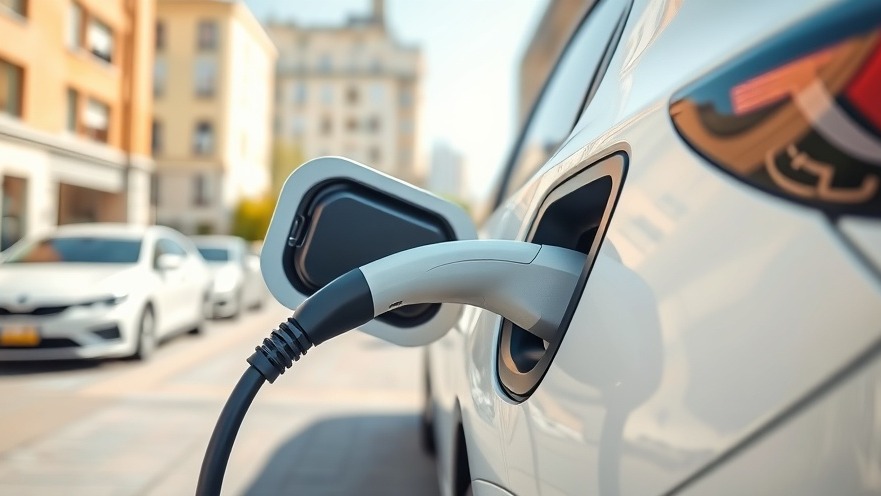
Understanding the Mechanics of Hybrid Cars
Hybrid cars, or hybrid electric vehicles (HEVs), blend traditional fuel engines with electric motors, promising improved fuel efficiency and reduced emissions. But how exactly do they manage to combine these two technologies? The essence lies in a complex yet fascinating interplay of various automotive components that work together seamlessly.
Crucial Components of Hybrid Vehicles
At the heart of hybrid cars are three essential components: the internal combustion engine, an electric motor, and a battery pack. The internal combustion engine operates like it does in conventional vehicles, using gasoline for power. However, the magic happens when the electric motor kicks in. This motor draws energy from the battery, enhancing the vehicle’s performance and enabling it to run on electricity alone for short distances, particularly in urban settings.
Benefits of Hybrid Vehicles for Small Business Owners
For small business owners and managers, hybrid cars present a unique blend of efficiency and economy. The primary advantage is the potential for fuel savings. By utilizing electric power during city driving, hybrid vehicles can experience significantly fewer trips to the gas station. This reduction in fuel expenses can lead to considerable savings over time, which is beneficial for tight business budgets.
The Environmental Edge
Adopting hybrid technology not only can save costs but also aligns with corporate social responsibility goals. As businesses increasingly seek sustainable practices, driving hybrid vehicles can help diminish a company's carbon footprint. Beyond cost savings, hybrids emit fewer pollutants compared to traditional vehicles, an important factor for eco-conscious entrepreneurs and organizations.
Paving the Way for Future Innovations
The advancement of hybrid technology points toward broader transitions in the automotive industry. Manufacturers are investing heavily in research and development to enhance battery performance, improve energy efficiency, and integrate more sustainable materials. Small business owners can anticipate seeing more hybrid options tailored for commercial use in the coming years, which could reshape fleet management decisions.
Cost Considerations: Initial Investment vs. Long-Term Gains
While the initial cost of purchasing a hybrid vehicle can be higher than that of its conventional counterparts, the long-term benefits often outweigh this initial expenditure. With lower operating costs, including fuel and maintenance, hybrids can provide a positive return on investment. Moreover, government incentives for eco-friendly vehicles can contribute to offsetting these initial costs, making hybrids an increasingly attractive option.
Possible Drawbacks: What to Consider
Although numerous benefits exist, it is crucial to consider potential drawbacks as well. For some business owners, the complexity of hybrid technology may lead to higher repair costs if issues arise. Additionally, the performance of hybrids can diminish in extreme weather conditions, which could impact business operations dependent on vehicle reliability.
Conclusion: A Future-Oriented Choice for Businesses
In conclusion, hybrid cars offer significant advantages for small business owners, melding economical and eco-friendly characteristics. As technology continues to improve, the prevalence of hybrid vehicles in the market is expected to grow, presenting exciting opportunities for businesses aiming to enhance efficiency and sustainability. Adopting hybrid vehicles could be a strategic move, not just for operating efficiently but also for building a future-focused brand.
 Add Row
Add Row  Add
Add 




Write A Comment